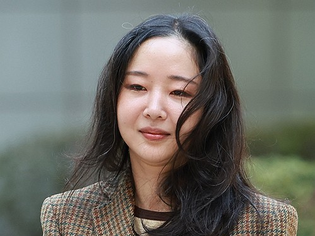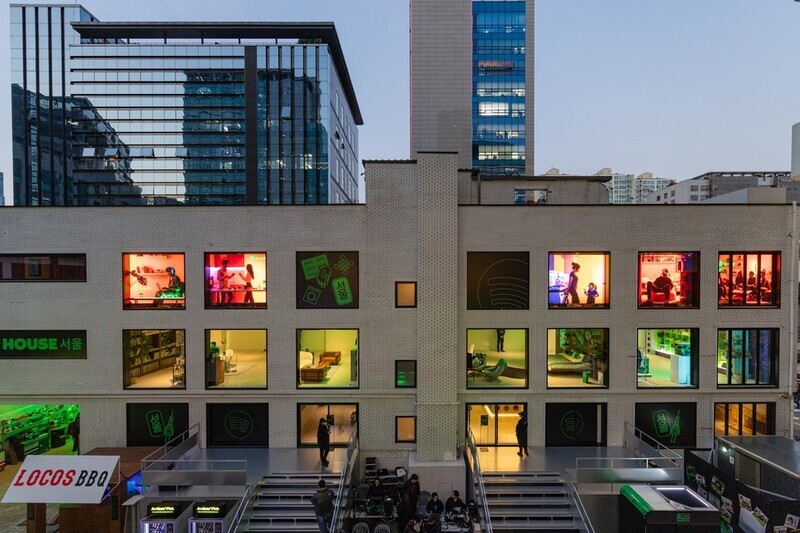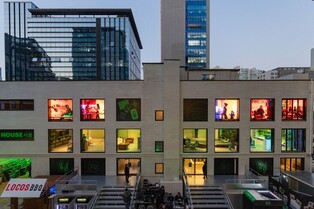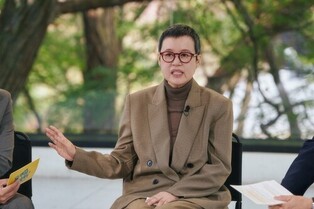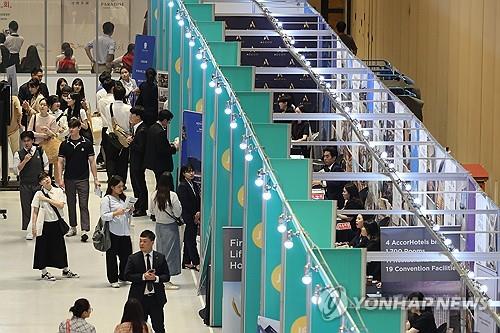 |
| ▲ This Sept. 18, 2023, file photo shows people at a job fair in Seoul. (Yonhap) |
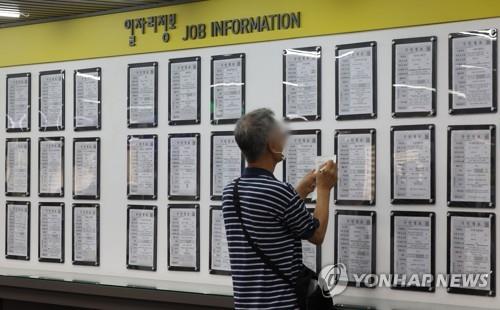 |
| ▲ This file photo taken Aug. 9, 2023, shows a jobseeker looking at a bulletin board at an employment center in Seoul. (Yonhap) |
(LEAD) irregular workers-tally
(LEAD) Number of non-regular workers falls for first time in 3 yrs in 2023: data
(ATTN: RECASTS headline, lead with more details; ADDS photo, more info in paras 3, 11-14)
SEOUL, Oct. 24 (Yonhap) -- The number of non-regular workers in South Korea fell for the first time in three years, but the salary gap between regular and non-regular employees reached an all-time high in 2023, data showed Tuesday.
The number of non-regular workers, including people working part-time and on temporary contracts and outsourced laborers, came to 8.12 million as of August, down 34,000 from a year earlier, according to the data by Statistics Korea.
The figure had risen from 2021 to hit a record high of 8.15 million last year but made a downturn this year.
The non-regular workers accounted for 37 percent of the country's 21.95 million salaried workers, compared with 37.5 percent a year earlier.
The decline came as the number of people in temporary positions fell 0.6 percent on-year to 5.26 million and that of outsourced workers and day laborers slid 0.9 percent to 1.96 million, which offset a 0.6 percent growth in part-timers, the data showed.
The construction sector shed non-regular jobs by 97,000 on-year, and the wholesale and retail sector lost 42,000 temp jobs amid an economic slowdown.
But the health care and social service sector, as well as the accommodations and dining sector, saw more non-regular jobs in line with the rising demand for such services in the post-pandemic era, the agency said.
Of the total irregular workers, 43.8 percent were men and 56.2 percent were women.
By age, those in their 60s and older accounted for the largest share of 32.2 percent, followed by people in their 50s with 20 percent and those in their 20s and teenagers combined with 19.4 percent, according to the data.
The average monthly salary for non-regular workers came to 1.96 million won (US$1,456) between June and August, up 76,000 won from a year earlier. The comparable figure for regular workers was 3.62 million won.
The wage gap between regular and non-regular employees has been on the rise since 2017, reaching a record high of 1.67 million this year.
The agency said the gap was attributable to the growing proportion of part-timers out of non-regular workers, which led to the fall in the average wage of irregular workers.
According to the Organization for Economic Cooperation and Development's data, temporary workers accounted for 27.3 percent of the total laborers in South Korea in 2022, which was higher than 5.4 percent in Britain, 11.9 percent in Germany, 15 percent in Japan and 21.1 percent in Spain.
The OECD calculation only considers wage earners and salary workers whose job has a pre-determined termination date as temporary workers and does not put part-timers, outsourced laborers and those who renew their employment contracts in the category.
The agency carries out an annual survey on types of employment among the country's economically active population every August to better draw up labor policies and to use the data for related research.
South Korea has logged on-year monthly job growth since March 2021, and its growth accelerated for the second consecutive month in September.
But the hiring of those aged 60 and older grew the most in September, and the payrolls in the manufacturing sector went down by the most in five months as the economy has grown at a slower pace amid the aggressive monetary tightening by major nations to curb inflation and the subsequent weak global demand.
(END)
(C) Yonhap News Agency. All Rights Reserved






















